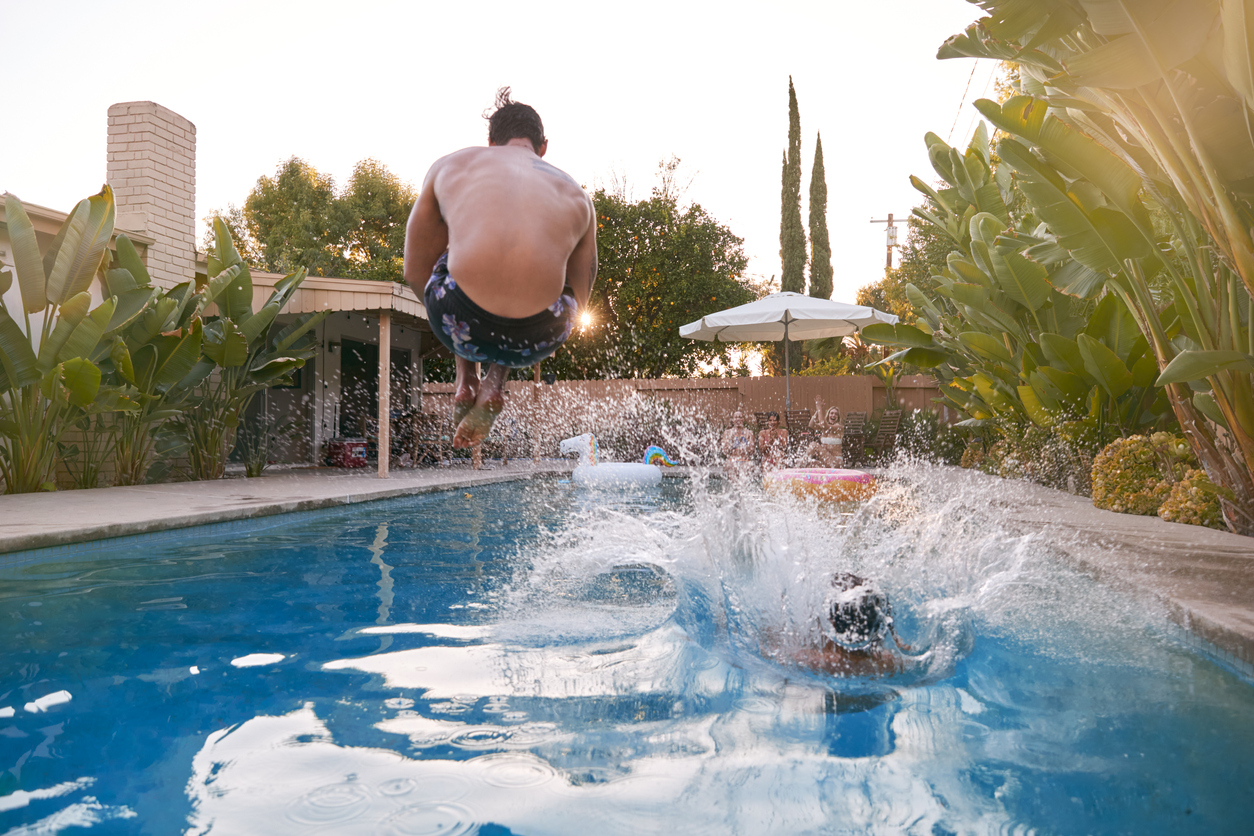Swimming pools are synonymous with fun, relaxation, and a refreshing escape from the heat. However, it is crucial to prioritize safety when it comes to these aquatic havens. Every year, tragic accidents occur due to negligence and lack of awareness regarding pool safety. In this blog, we will explore some essential guidelines and precautions to ensure a secure swimming pool environment for everyone.
Install and Maintain Pool Barriers:
One of the primary measures to prevent accidents is the installation of pool barriers. Fences, gates, and walls act as physical barriers, limiting access to the pool area. These structures should be at least four feet high and have self-latching, self-closing gates. Regularly inspect and maintain these barriers to ensure they remain effective.
Adequate Pool Supervision:
Designate a responsible adult as a designated pool supervisor. This individual should have swimming abilities and knowledge of CPR and basic lifesaving techniques. Their primary focus should be on actively monitoring swimmers, especially children, at all times. Avoid distractions such as phone usage or engaging in other activities that may divert attention away from the pool.
Teach and Promote Swimming Skills:
Enrolling family members, especially children, in swimming lessons can be a life-saving decision. Learning to swim not only enhances enjoyment but also provides essential water safety skills. Encourage proper swimming techniques, such as staying within designated depths, avoiding running near the pool area, and understanding the importance of swimming with a buddy.
Educate about Pool Rules and Risks:
Clearly communicate and post pool rules in a visible location near the pool area. Emphasize the importance of following these rules, including no diving in shallow areas, no rough play, and no running on wet surfaces. Educate swimmers about the potential risks associated with swimming pools, such as the dangers of prolonged breath-holding or entrapment in drains.
Implement Pool Safety Equipment:
Make sure to have essential safety equipment readily available near the pool. This includes lifebuoys, life jackets, reaching poles, and a first aid kit. Instruct everyone on how to use these items effectively and ensure they are in good working condition.
Regular Maintenance and Inspections:
Routine maintenance is crucial to pool safety. Keep the water clean and chemically balanced to prevent the spread of infections. Regularly inspect pool equipment, such as drain covers, to ensure they are intact and compliant with safety standards. Conduct a periodic inspection of the pool area for potential hazards, including slippery surfaces, sharp edges, or loose tiles.
Secure Chemical Storage:
Pool chemicals play a vital role in maintaining water quality, but they can be hazardous if mishandled. Store chemicals in a secure location, away from children and pets, following manufacturer guidelines. Use proper protective gear when handling and follow instructions for accurate dosage and application.
Emergency Preparedness:
In case of an emergency, it is crucial to be prepared. Learn CPR and first aid techniques, and ensure others in your household are also trained. Keep emergency contact numbers, including the local emergency services, posted near the pool area. Consider installing a pool alarm system that alerts you to any movement in the water, further enhancing safety.
Wrap Up:
Swimming pool safety should always remain a top priority for pool owners and users. By implementing proper precautions, raising awareness, and maintaining a vigilant and secure environment, we can significantly reduce the risk of accidents and enjoy the pool with peace of mind. Remember, water can be both enjoyable and dangerous, so let’s dive into safety and ensure a pleasurable swimming experience for all.




Comments are closed